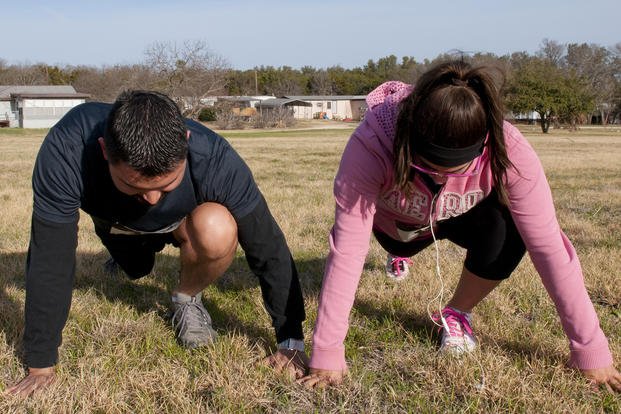When you look at many of the reasons people share about not training regularly, you will see that most typically “do not have enough time in their day,” especially when working long hours, commuting an additional hour or more, and other family commitments in the evening.
It is true. None of us has time to train, but as with anything worth doing, we have to make time.
Here are some ways to fit fitness into your day as well as better ways to get specific, versus too general, in your fitness training:
1. Make time. Make an appointment for yourself, because this is most important if you are going to make fitness a part of your life. It does not matter when and how long you make time; just do it for you. Statistically speaking, you are less likely to skip a morning (pre-work) training session than an early evening session of training. The late afternoon or early evening is too riddled with distractions.
2. Get specific. Focus on what you want to do first. Do not get overly distracted by starting a workout routine, along with eating healthy, stopping drinking and stopping smoking or other vices. If you put too much on the table, not doing well with one can derail the others you actually were succeeding with when you started.
Yes, you have to do all of the above if you want to get healthy, but you can get there in baby steps. Start off only by adding daily activity. Add a walk at lunch. Do push-ups and plank poses spread through the day. Try to get better at something like pull-ups.
Set a goal to do something specific, and often you will see the other good and bad habits will follow in the right direction. You will evolve into actual gym workouts or hourlong cardio sessions and feel the need to eat better, drink more water and drop the sodas -- even get on a cessation program for other habits. But one step at a time. See related article – Twelve Months of Fitness.
3. Quick workouts through the day. Fitness and calorie burning is cumulative. At the end of the day, your daily fitness tracker does not care if you get 60 minutes of walking or six sessions of 10 minutes of walking spread throughout the day. The same goes for push-ups and crunches for your upper body and squats, and stair climbing and lunges for your lower body on your “leg days.”
Many people who are first starting out by adding some activity to their day do it by walking 10 minutes after every meal of the day. Some spend break time at work by walking around the building or the office area or stairs when the weather does not cooperate.
A great way to accumulate activity is to wear a pedometer and keep track of your steps. Set a goal of 10,000 steps. Believe it or not, that is almost five miles of walking (which sounds like a lot), but you will burn 300+ calories, depending on your weight. (You will burn more calories the heavier you are.) You can get 10,000 steps by putting in a few minutes before work, during work, at lunch, during break times, after work and just daily normal walking activity. The goal is to keep moving.
4. Stand up vs. sit down. You can burn up to 50 calories more an hour by standing up versus sitting down. This adds up significantly when you think that 10 hours of standing up can burn the same amount of calories as 45 minutes of fast walking on a treadmill. It really depends what you have more time for. Getting a stand-up desk or a treadmill desk is a killer option for those who are needing to find more time to fit more “calories burned” into their day.
5. Don't beat yourself up. Adding new habits of fitness is an everyday challenge. If you are tired, get sick or skip a day, do not get discouraged. Start fresh the next day. Every day you wake up is a new day to challenge yourself with a new activity, no matter how you slice it up through the day.
The ultimate goal in this process is to move more and eat less if you are seeking to lose weight and get healthier. If you add any type of activity, along with smaller portions of food during meals and snacks, you will see huge results.
Stew Smith is a former Navy SEAL and fitness author certified as a Strength and Conditioning Specialist (CSCS) with the National Strength and Conditioning Association. Visit his Fitness eBook store if you’re looking to start a workout program to create a healthy lifestyle. Send your fitness questions to stew@stewsmith.com.
Want to Learn More About Military Life?
Whether you're thinking of joining the military, looking for fitness and basic training tips, or keeping up with military life and benefits, Military.com has you covered. Subscribe to Military.com to have military news, updates and resources delivered directly to your inbox.
















